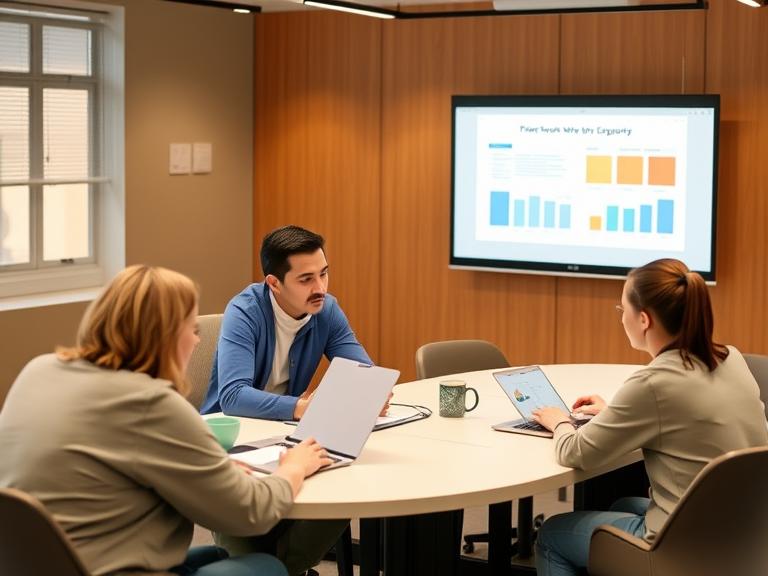Financial workshops are a powerful way to engage groups, promote financial wellness, and position yourself as a thought leader. But generic, one-size-fits-all seminars often fall flat. To make a real impact, workshops must be personalized, interactive, and practical.
The first step is defining your audience. Is your workshop for young professionals, retirees, entrepreneurs, or students? Each group has distinct financial challenges — from student loans to estate planning — and your content should reflect that.
Next, define clear learning outcomes. For example: “Attendees will leave with a monthly budget template” or “Participants will understand how to choose between a TFSA and RA.” Concrete outcomes make the session more valuable and easier to measure.
Use real-life scenarios and interactive exercises. Role-playing, quizzes, and case studies help participants engage with the material. Encourage group discussion and questions throughout — passive lectures rarely stick.
Visuals matter. Slide decks should be clean, informative, and not overly text-heavy. Include charts, diagrams, or checklists that can be used after the session.
Lastly, provide take-home resources: workbooks, links to budgeting tools, goal planners, or access to follow-up Q&As. These reinforce learning and extend the value of your workshop beyond the event.
A well-designed workshop not only educates — it builds credibility and trust. With the right structure, content, and delivery, you create real value that participants will remember (and recommend).


Leave a Reply